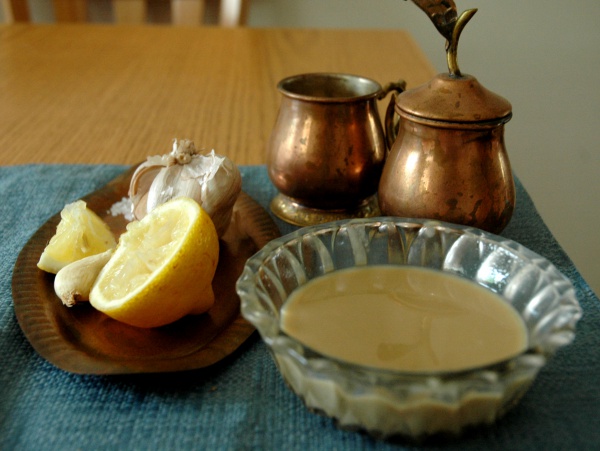Facts About Tahini
Tahini, also known as tahina, is a rich, creamy spread crafted from toasted, ground, hulled sesame seeds. You may have encountered it in well-loved dishes like hummus, baba ghanoush, and halva, especially if you're acquainted with the culinary traditions of the Levant, Eastern Mediterranean, South Caucasus, and parts of North Africa. The term "tahini" derives from Arabic and entered the English lexicon in the late 1930s.
Sesame seeds boast an extensive history, with cultivation practices dating back millennia to ancient Mesopotamia. Tahini itself has permeated various global cuisines, including Chinese, Japanese, Indian, and American. The process of making tahini involves grinding soaked sesame seeds into a smooth paste, making it a fundamental ingredient in numerous Middle Eastern dishes, ranging from savory sauces to sweet spreads.
From a nutritional standpoint, tahini is a powerhouse, rich in calcium, manganese, potassium, and phosphorus. This nutrient density makes it an excellent addition to vegetarian, vegan, and raw food diets. You can find dishes featuring tahini from Armenia to Greece, Cyprus, Iran, Turkey, Iraq, Israel, and throughout the Levant.
In Israel, tahini is a kitchen staple, incorporated into everything from dips and sauces to desserts. In the Levant, it is often combined with salt, lemon juice, and garlic to create a delectable dip or topping. Each region offers its unique twist on tahini — for instance, you’ll find red tahina in the Gaza Strip and black tahina in Nablus. In East Asia, sesame paste is a favored condiment for noodles and desserts.
Thanks to its versatility and numerous health benefits, tahini remains a cherished ingredient in many cuisines around the world.

 Syria
Syria